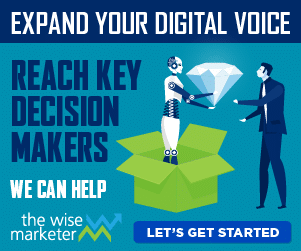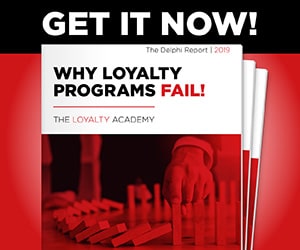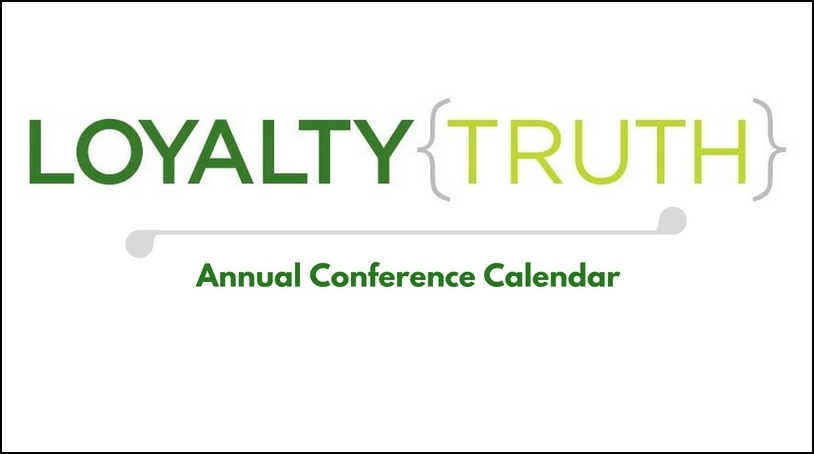Attending the Badgeville Summit this week, I was exposed to the richest set of innovative thinkers in some time. Everyone talks about innovation. Marketing brochures and websites relentlessly tout innovative solutions, and businesses around the world hijack the innovative term almost as often as they claim to be “a global leader” in their field. The truth is that innovation is too often relegated as an aspirational adjective that floats to the top of planning processes at the outset, but becomes suppressed, diluted, and minimized as the practicalities of business take hold.
Thinking about what it will really take to create “innovative” customer loyalty solutions in the future, I’ve been giving thought to how we can really drive innovation in our business and what obstacles are most often in our way?
Four accepted elements of project work are always present, and each of them has the potential to derail innovation. They include:
- Adherence to a planning methodology
- Reliance on Best Practices
- The need for Case Studies
- Desire for quick wins versus longer term results
Methodology
If you’re not planning on the backbone of a proven methodology built for your industry or area of business, you can easily miss out on key points. Worse, it’s possible that you may miss out on considering essential elements of your business that need to be addressed to launch a new product or marketing campaign.
That said, the methodology should be a starting point on which to create new ideas, not a prison that confines thinking and restricts options. As Johhny Depp was fond of saying in Pirates of the Caribbean, the sacred pirate code was “really more of a guideline”. Have a guide, but be flexible and willing to adapt as conditions dictate.
Best Practices
By definition, identifying best practices in any industry is an exercise in looking backwards. The problem is that adhering to best practices may provide confidence and protect project sponsors from the criticism of their colleagues, but won’t necessarily result in anything ground-breaking or innovative. Best practices have already become standards which are widely copied by competitors, rather than representing something that will change the game in the industry. Use them as reference, but remember that there may be a new way forward.
Case Studies
Almost every client asks the question “do you have any case studies for projects like ours?” What they really want to know, and sometimes ask directly, is “has anyone walked this path before?”. There is confidence that needs to be established at the outset of project work, and building confidence through the collection of relevant case studies serves to reduce the perceived risk of project outcomes.
When case studies do exist in parallel, they are great to borrow, but often we end up copying existing models because “we know they worked before”. Innovation won’t flourish in this atmosphere.
Quick Wins
Maybe it was Michael Douglas who first said this in the original Wall Street movie – that markets are driven by fear and greed. While it sounds quaint in the movies, neither of these attributes result in consistently good outcomes for human beings. Fear is typically rooted in the organization, as few people wish to leave themselves exposed to criticism and second guessing if a project goes South. Remember the old saying that “you can’t get fired if you buy IBM?” It may be true, but it also means that a lot of innovative options from disruptive solutions providers might be left on the table.
Greed shifts our focus from long term to short term. A project team might know that a particular solution has the possibility of driving long term value for a business, but there are short term goals to make, “quick wins” on the project plan to accomplish, and annual bonuses that no-one wants to miss. To exercise fiduciary responsibility over resources and to manage risk, we should be more willing to test, trial, pilot, measure, measure, measure, and LEARN. Manage risk in the short term, but seek game changing solutions over the longer term.
Loyalty Truth
Please read this with an open mind and remember that we are seeking to identify barriers to innovation in our current processes. We’ll continue to use our Loyalty Mosaic planning methodology at Hanifin Loyalty and will also rely on Best Practices and Case Studies as reference points. As we do, we will be more vigilant about recognizing stumbling blocks to innovation, summed up this way:
- Planning Methodology – Should be a starting point on which to create new ideas, not a prison that confines thinking and restricts options.
- Best Practices – By definition, identifying best practices in any industry is an exercise in looking backwards. Adhering to best practices may protect project sponsors from the criticism of their colleagues, but won’t necessarily result in anything ground-breaking or innovative.
- Case Studies – When case studies do exist in parallel, they are great to borrow from, but often we end up copying existing models because “we know they worked before”. Innovation won’t flourish here.
- Quick Wins – Fear and greed commandeer too many business discussions. To exercise fiduciary responsibility over resources and to manage risk, we should be more willing to test, measure, and LEARN. Keep your eyes on the ball for longer term game-changing solutions while managing risk in the short term.
With multiple trips to Silicon Valley over the past few months, I’m convinced that the game-changers we read about think a bit differently. It’s good to retain the solid foundation that we’ve come to rely upon to drive business results, but we’ve got to constantly test the boundaries of our methods if we are to claim the title of “innovator”.




